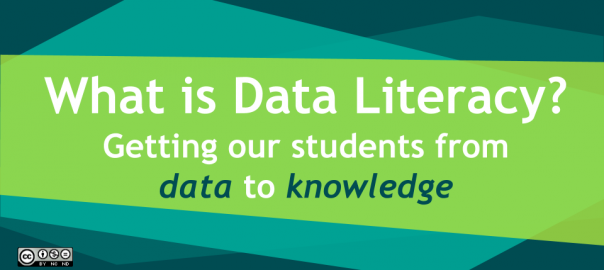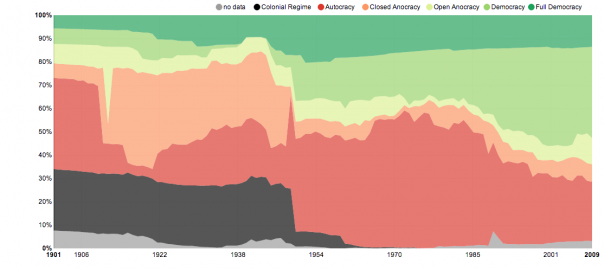In what ways do you limit your data sharing? Do you join or avoid loyalty rewards programs that track your habits? Do you block or regularly clean out cookies in your browser? Those steps are some areas where you have control over your information. Yet, data sharing to third parties is sometimes out of your hands or buried in the fine print of services that you use.
This last week, the Federal Communications Commission proposed new rules to give you a choice to opt out of data sharing to third parties by your Internet service provider. While this rule does not apply to sharing by websites, as critics point out, it does take a step toward consumer control of data sharing in the United States. It will be interesting to see what comes of this possibility!
Image: “Binary Map Internet Technology World Digital” by Pete Linforth on Pixabay. CC0 Public Domain. https://pixabay.com/en/binary-map-internet-technology-1012756/


